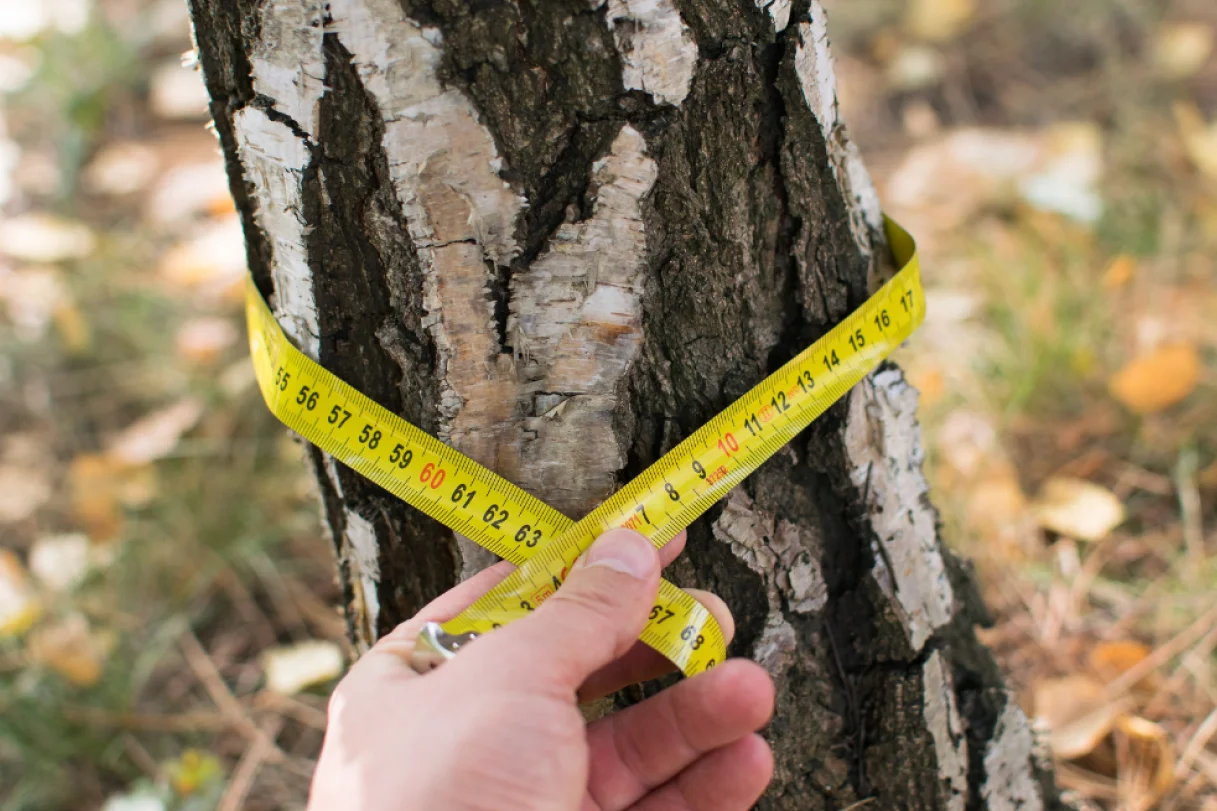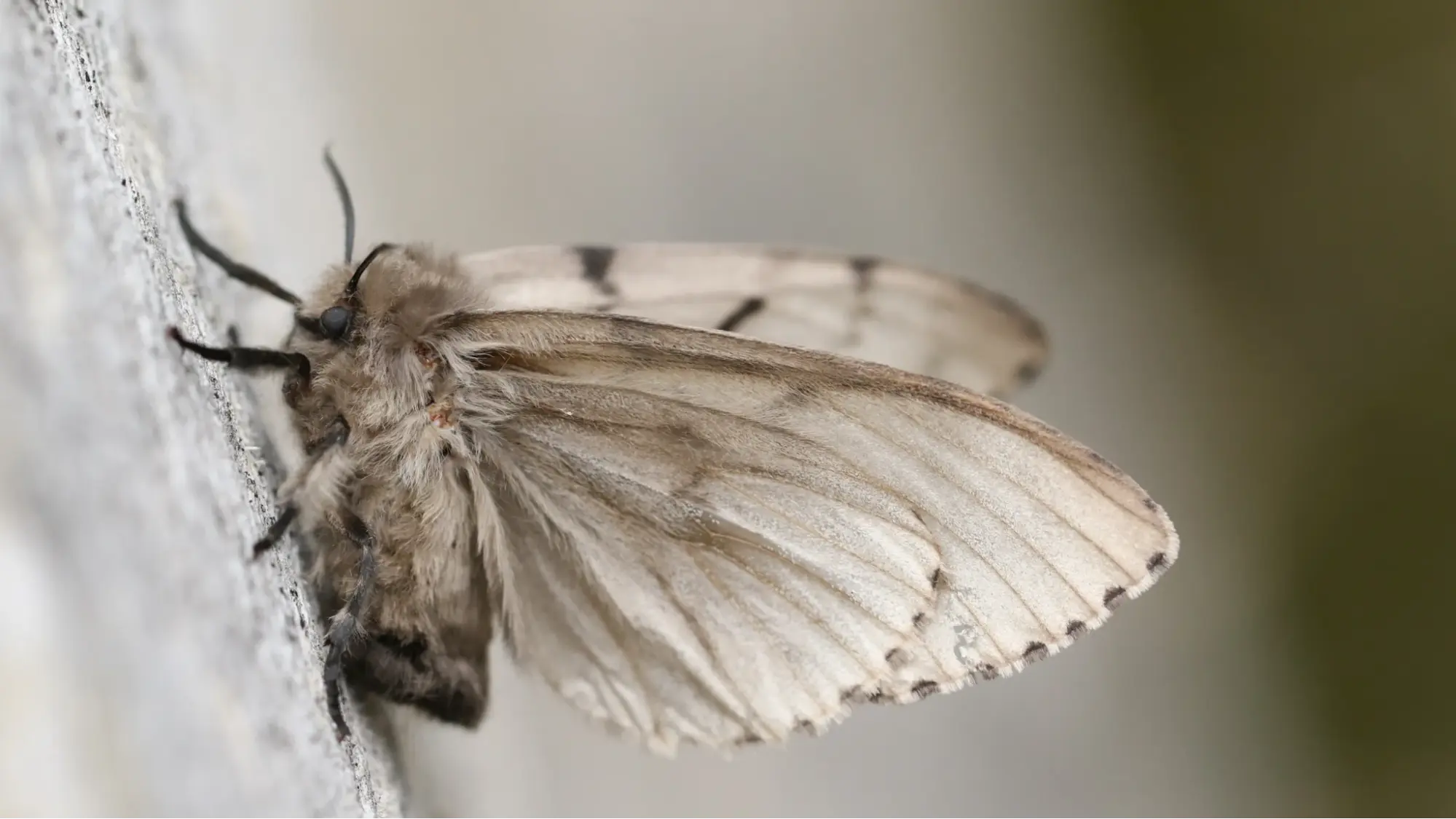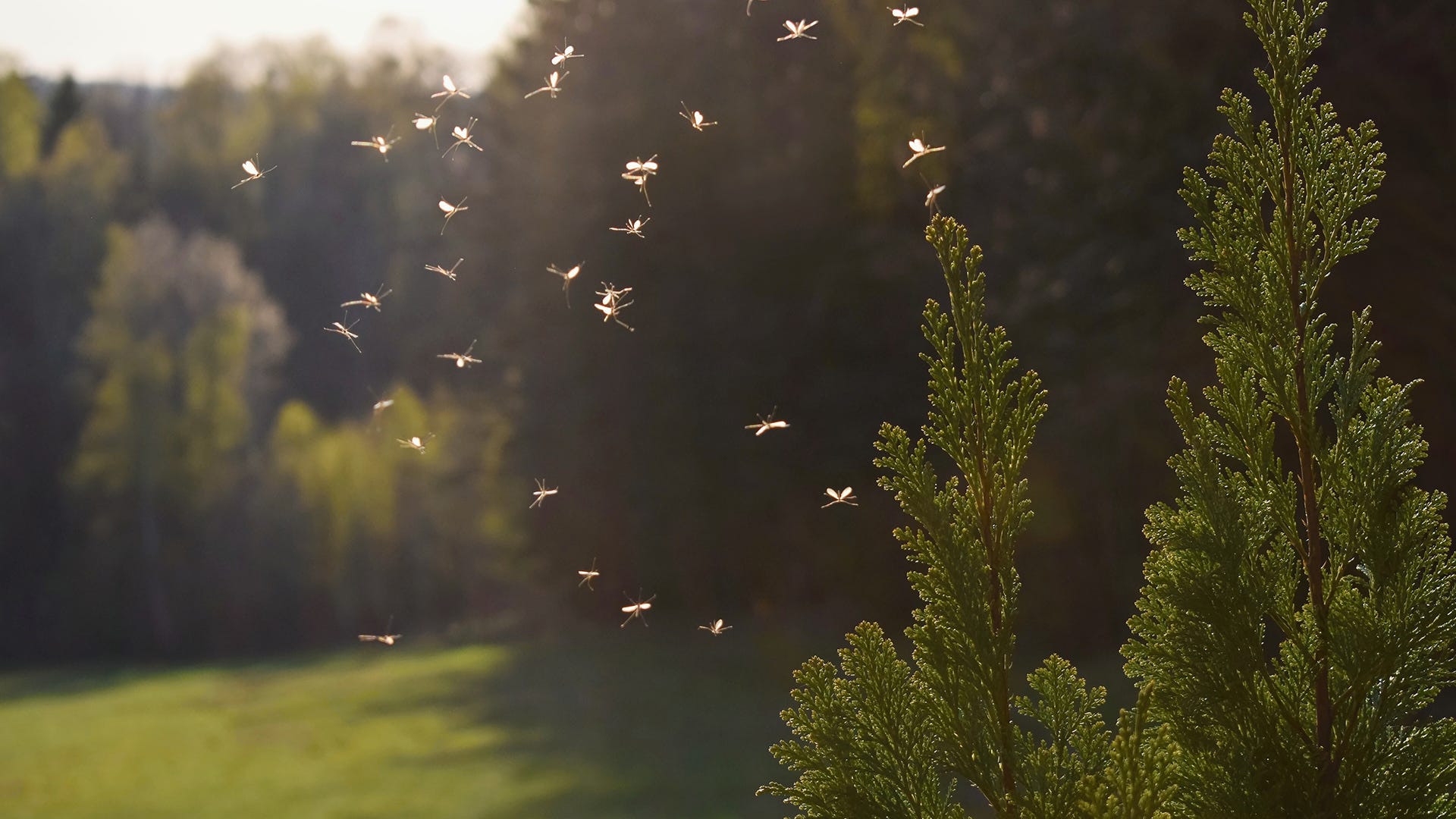So what is lion tailing a tree? It refers to such type of pruning in which all the leaves from the inside parts of a tree are removed and only those at the ends of branches remain. This method resembles a lion’s tail hence its name. Although some people find it eye-catching, most arborists do not recommend this practice because of its negative impact on tree health.
When you ask yourself what does lion tailing a tree mean, you should know that by doing so, you weaken its structure making them more prone to wind-breakage while reducing their ability to photosynthesize food. The removal of inner limbs disrupts natural balance and support thereby exposing them to break during storms. Furthermore, overexposure of trunks and branches to direct sunlight may result into sunscald thus further weakening these plants. Rightly done maintenance, including lion's tail tree trimming, ought to be about keeping up with trees’ natural shapes and structures for long term health rather than short-lived visual effects.
What are Hazards of Lion's Tailing?
Lion's tail tree might appear as an effective method for neatening up trees but it actually comes with several dangers. When heavy winds or intense snowfall happen, this kind of pruning makes the tree vulnerable to structural failures especially if there were any pre-existing defects that were not visible before the trim was done. By removing interior limbs, weight distribution within becomes uneven; therefore putting extra pressure on remaining ones along with trunk section – this creates imbalance where certain branches may snap off entirely while others could bend dangerously low towards ground level risking falling down altogether thus posing threat towards properties adjacent such trees or even human beings passing near them.
In addition,lion's tailing removes much live crown from any given specimen thereby affecting its ability to carry out efficient photosynthesis processes hence reducing overall vigor levels too. Leaves act as main energy factories for trees so getting rid of many such parts through lion tail tree trimming weakens them further. With time, these plants become more susceptible to attack by pests and diseases thus heightening risks involved in such pruning techniques, like lion tail tree pruning. Consequently, awareness about hazards linked to lion’s tailing is essential among all those who contemplate doing it.
What are Effects of Lion's Tailing?
The effects of lion's tail tree are usually immediate but they can also be seen in the long-term since this often leads to decreased healthiness as well as structural soundness for many trees. One noticeable effect has something to do with increased susceptibility towards wind-breakage which shows when inner branches have been removed therefore allowing wind pass freely through canopy thereby making outer ones act like levers that may snap or even cause complete failure of branch.
Apart from that, lion tail tree pruning could induce a condition referred as epicormic sprouting where lots of weak fast growing shoots are produced by a plant in its bid to replace lost foliage. Such shoots tend to have poor attachments and can easily break off thereby creating additional dangers. Loss of interior limbs also reduces ability of shading trunks together with lower branches which exposes them to sunscald plus higher chances getting infested by pests.
The long term impacts of lion tailing are worriesome also. The stress put on the tree could cause overall health to decline which will in turn make it more susceptible to diseases and shorten its life span. Best practices for caring for trees should always seek to protect their natural structure as well as their wellbeing; this means not using methods such as lion tailing that can do more harm than good.
Why is Lion's Tailing Wrong?
Lions tail tree is widely criticized within the arboriculture community because it goes against what is considered proper tree care practice. When you prune a tree like a lion’s tail, you leave it visually unbalanced and more likely to be damaged or infected by diseases. This technique involves stripping away all inner branches and foliage so that only outermost parts of branches have leaves left on them – an unnatural look that some people may find appealing but which does far greater harm than any possible aesthetic benefit derived therefrom would justify.
So when trying to understand why lion tailing trees is bad we need also bear in mind that stability and energy production in trees depend on full canopy coverage. This balance is disrupted when large amounts of inner foliage are removed leaving the weakened tree open to attack from external agents such as storms, pests or sunburns among others. Besides, these exposed parts often suffer from sunburns too leading further deterioration of health status.
In the end, lions’ tails can cut short lives while upping chances for buildings becoming unsafe due to structural failures hence being dangerous both for themselves and their environments. Arboriculture experts recommend pruning methods that let trees grow into shape with time while safeguarding their future stability through maintaining natural form and function.
What Can Be Done to Rectify Lion's Tailing?
If your tree has been subjected to lionesque trimming there may still be hope but it won’t be easy! The first thing you should do after realizing this mistake is consulting professional help from an experienced lion tree service provider. They will come and assess the extent of damage caused by lioneering around your area then design appropriate measures for rejuvenating health back into it.
One way in which one can assist a lion tailed tree recover is by allowing it to regenerate its inner foliage naturally. This may take up to several years and during such periods close attention should be paid unto any signs signaling stress or diseases infecting the affected plant so that steps are taken accordingly. Pruning ought to be done very cautiously focusing on stimulating growth of strong well attached branches as opposed to taking away more leaves.
Sometimes some artificial support might be necessary if stability needs to be brought back into the shakened trees’ structures; this could involve cabling/bracing weak limbs against potential breakages while bearing new weight etcetera. Moreover, giving right care like watering mulching fertilising can enhance recovery process as well as foster healthy development in them.
Though immense harm may have been done through lashioning with proper rehabilitation care and concern we can still help our trees regain their original shape stronger than before. It would therefore greatly matter who you work with during such times since not every arborist understands how best they can help bring these plants’ lives back on track again after lashing has taken place.
The Environmental Benefits of Proper Tree Care
More than just beauty, proper tree care is important for our environment’s well-being. Trees are integral parts of ecosystems; they give out oxygen, clean the air and support wildlife. We can improve on these benefits and make a healthier planet through responsible tree care.
Trees that are maintained in good condition by being pruned rightly and given the necessary care become more resistant to diseases, pests and environmental stresses thus living longer While still alive they continue storing carbon as well as providing shade and cooling effect in cities which reduces urban heat island effect. Furthermore structurally safe trees do not easily fail hence reducing risks associated with falling such as damaging property or injuring people.
Besides this function of theirs, healthy trees foster biodiversity through acting as habitats or sources of food for different organisms ranging from birds up to insects. Additionally; trees also help manage water better by preventing soil erosion, enhancing groundwater recharge and filtering out pollutants from stormwater among others.
In summary there are many significant ecological benefits related to appropriate tree management therefore it is essential that we practice those methods capable of ensuring sustained healthiness stability of trees over time. Let us avoid practices like lion-tailing while embracing sustainable methods so that future generations may enjoy these services offered by trees.











